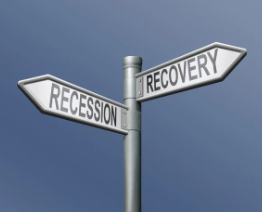

US treasury yields declined on Friday as investors digested the latest inflation data out of the US. September core CPI (+4.1% YoY) was in line with expectations while headline (+3.7% YoY) was above expectations.
This article is only available to Macro Hive subscribers. Sign-up to receive world-class macro analysis with a daily curated newsletter, podcast, original content from award-winning researchers, cross market strategy, equity insights, trade ideas, crypto flow frameworks, academic paper summaries, explanation and analysis of market-moving events, community investor chat room, and more.
US treasury yields declined on Friday as investors digested the latest inflation data out of the US (Dominique’s CPI review). September core CPI (+4.1% YoY) was in line with expectations while headline (+3.7% YoY) was above expectations. On the details: core goods excluding used cars moved back to limited deflation, OER inflation accelerated, and core services excluding housing inflation accelerated for the third month in a row. Dominque expects one more Federal Reserve (Fed) hike in December 2023 against markets pricing in only a 40% chance. Further afield, she expects the Fed to resume gradual hikes around mid-2024.
Turning to market moves, US 10Y yields closed the week at 4.63% (-9bps WoW, +36bps MoM). Meanwhile, the yield on the policy-sensitive US 2Y closed the week at 5.04% (+1bps WoW, +6bps MoM). In terms of yield curve inversion, the magnitude of the 2s10s inversion sat at -41bps on Friday, up from year lows of -109bps seen in early July. The probability of recession increases with yield curve inversion.
The probability of recession within the next twelve months, assigned by the 2Y10Y part of the yield curve, increased to 78% from 73% a week earlier (Chart 1). Meanwhile, the Fed’s recession model, which uses the 3M10Y part of the yield curve, produced a 47% chance of recession (Chart 2).
We introduced two models for predicting US recessions using the slope of the US yield curve. When long-term yields start to fall towards or below short-term yields, the curve flattens or inverts. This has often predicted a recession in subsequent months. Our model is based on the 2s10s curve compared to a model from the Fed that is based on 3M10Y curve. We believe that the 2Y better captures expectations for Fed hikes in coming years and is therefore more forward-looking.


Spring sale - Prime Membership only £3 for 3 months! Get trade ideas and macro insights now
Your subscription has been successfully canceled.
Discount Applied - Your subscription has now updated with Coupon and from next payment Discount will be applied.